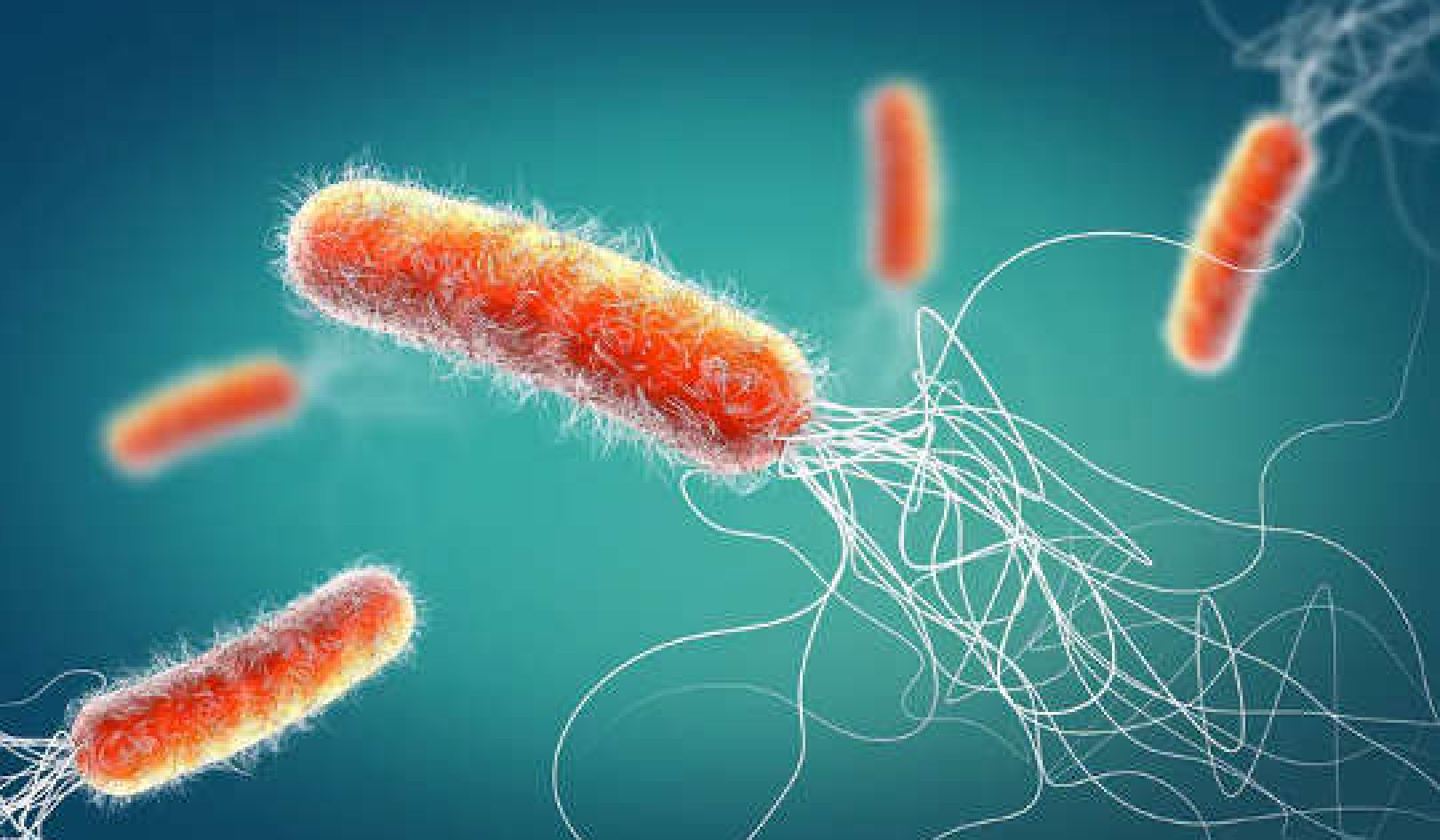Long-term stable foster placements can achieve similar outcomes to adoption.
Victorian child protection law reforms due to come into effect next month will give parents two years from when a child is removed to demonstrate that the child should be returned to their care. Failure to do so will result in parents permanently losing custody and children being placed for adoption.
Given the history of adoption-related abuses in Australia, adoption is often viewed with suspicion. A renewed focus on adoption may thus be a concern for some people. With the Victorian law reforms likely to increase adoption rates in the state, it is timely to consider what the evidence has to tell us.
Foster care vs adoption: the evidence
A substantive review comparing long-term foster care and adoption found that differences between the two are not as stark as is often thought.
The likelihood of a placement ending, for example, remains higher in foster care than adoption. However, rates of placement termination in foster care have reduced.
Get The Latest By Email
Differences in outcomes are often related to the age of the child. Children who are removed into care when they are older are more likely to experience placement disruptions and to exhibit poor outcomes, whether they are fostered or adopted.
While children need permanency and stability, the evidence does not conclusively prove that adoption is inherently more able to provide this. Long-term stable foster placements can achieve similar outcomes.
When long-term foster placements fail to achieve the goal of permanency and stability, the problem is typically one of resourcing. We must therefore ask how these same issues will not repeat in the context of adoption.
Foster carers are minimally supported financially to care for children. Adoptive families are not similarly compensated for raising children. While supports are available, they are typically not as extensive nor as responsive as is the case in foster care.
Given the need for ongoing support expressed by many adoptees and adoptive parents, the relative lack of support may undermine the presumed benefits of permanency achieved via adoption.
Resourcing and vulnerability
Issues about the resourcing of foster and adoptive parents are not the only concern. Resourcing issues often constitute some of the underlying causes of child removal in the first place.
For example, there is a dearth of early intervention services aimed at assisting parents to retain care of their children. Programs such as parenting classes, anger-management classes and psychological therapies more broadly often have long wait times in the public sector.
Similarly, there is a dearth of services available for birth parents seeking to address the behaviours that led to the removal their children. The lack of such services thus impacts the likelihood of reunification.
And it is the most vulnerable families who are potentially impacted by the lack of services. Child removal rates tend to be skewed towards particular groups of people, particularly Indigenous and/or lower socioeconomic families.
Given the vulnerabilities that underpin child protection, it is important to ask why adoption is often considered more appealing than foster care. Is it because it involves the termination of parental rights, the presumption being that adoptive parents are safer in their claim to the child? If so, we must consider at whose expense such a sense of safety comes.
Available models
Given the concerns above, we need an approach to child protection that takes the best of both foster care and adoption, rather than claiming the latter is the solution. In Victoria, such an approach is already available, in the form of permanent care.
In the case of permanent care, ongoing financial support is possible and contact with birth families is encouraged and supported. While legal guardianship transfers to the permanent care parent(s), this does not automatically mean a change of name or birth certificate for the child. Given concerns about identity in the context of adoption, the latter is important.
With wide availability of permanent care, we need to question the push towards adoption. The cynic might suggest it frees the state from financial obligations, and that an increase in adoptions will also reduce the high number of children in out-of-home care.
Given alarm is frequently expressed about the rates of children on care and protection orders, shifting children out of the child protection system and into adoption may give the appearance that the core issues have been resolved. Without sufficient resourcing, however, this will not change the key problems that led to high removal rates in the first place.
Whatever the intentions behind the push for adoption, and there may be many, they must always serve the best interests of children, both now (to achieve permanency) and into the future (to have connections where possible with their birth families).







